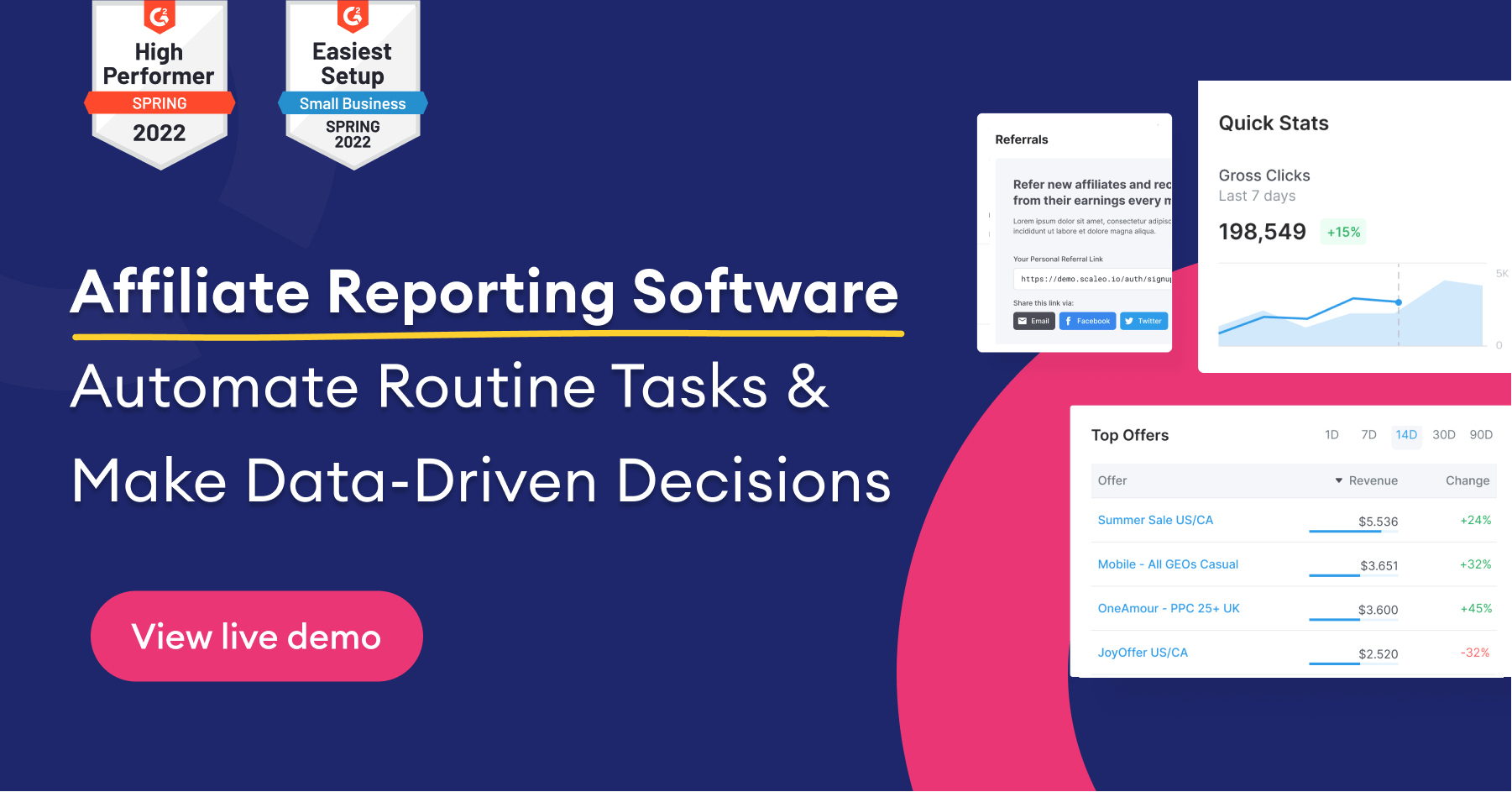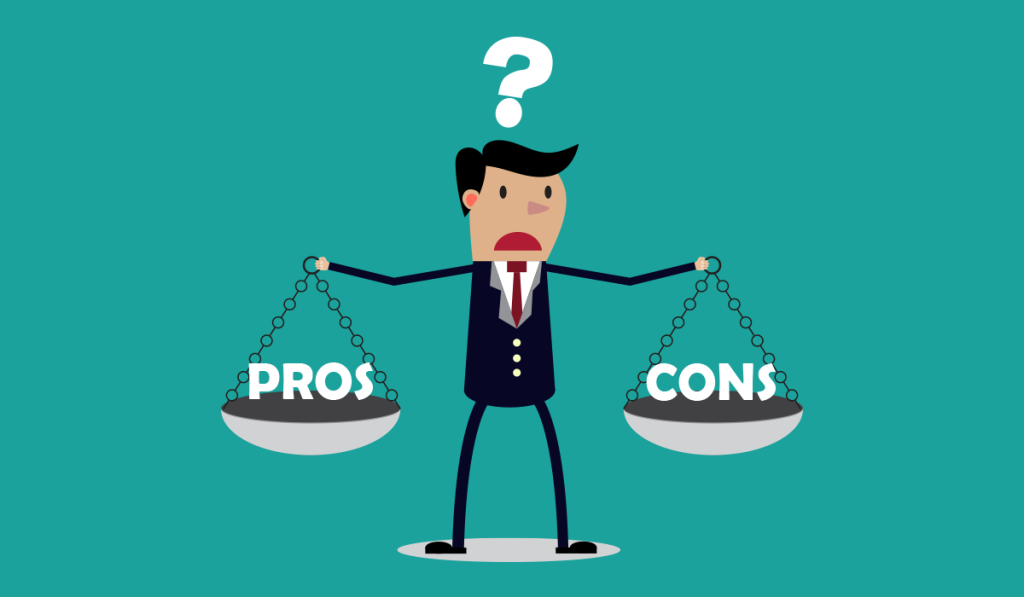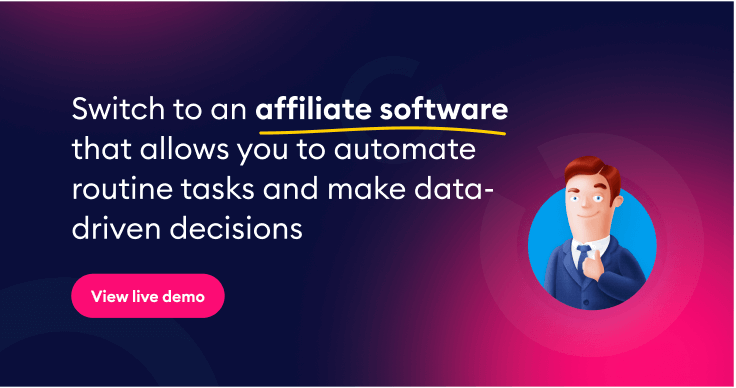CPA or ROAS? Which one should you focus on? As a business owner you know that the two KPIs you are always looking at are: cost per conversion (CPA) and return on ad spend (ROAS). These two metrics allow you to analyze account health at a high level and make decisions at the keyword level.
Despite their significance, relatively, it is fairly uncommon for advertising to be unsure which one to utilize.
CPA
Let’s not take classic conversions, but look at lead generation first. The standard metric for lead generation is CPA (which stands for Cost Per Action). To calculate the CPA, simply divide the total cost by the number of conversions.
But why does this matter?
To begin, CPA is closely related to your company’s aims and success. Given a specific sales closure rate, you can calculate how much you can pay for each conversion in order to balance the revenue generated by sales.

In this scenario, each lead has a potential deal value of $5,000. You anticipate that approximately 2% of your leads will be converted to clients. If you are looking for an optimal balance, you could perhaps spend:
$5,000 spent X 0.02 lead closure rate = $100 cost per lead
You simply need to keep your CPA below this number now that you’ve established a break-even point.
You may further fine-tune this by incorporating a lifetime customer value into the equation to help alter this figure for subscription models.
Furthermore, understanding your maximum CPA determines how far you can push for additional conversions. Sometimes, you simply cannot achieve your conversion or CPA goals. Of course, you want to maintain your sales funnel filled so that you can keep pushing advertising further. CPA then serves as a reference for determining how much more you are paying for these additional conversions, allowing you to assess whether the increase is worthwhile.
ROAS
ROAS and its variations are simply the amounts of revenue generated in relation to your advertising costs.
The most basic is revenue divided by cost.
This metric illustrates how much revenue you receive for every dollar spent on advertising.

ROAS makes it easier to evaluate your account in conjunction with the changeable purchase totals common in e-commerce. Rather than calculating a CPA target, you simply aim for a specific ratio. This makes the measure more adaptable and allows you to disregard the cost per conversion, which varies greatly between products.
For example, after accounting for fixed expenses in producing/acquiring the products, you realize you can’t spend more than 20% of your total budget on advertising. You may then extrapolate this to a 500% return on ad spend. Some advertisers also utilize cost/sale, which is the inverse of ROAS, to make it easier to grasp.
Consider two keywords you bid on:
- one with a CPA of $20 and a revenue of $100,
- and the other with a CPA of $30 and a revenue of $150.
Both of these keywords actually have the same ROAS, but if you are overly focused on CPA, you may be tempted to bid lower on the second term.
As another example, if you try to balance the CPA against the price of a single item, you may overlook that your typical consumer spends an additional 20% on accessories or upsells you offer. By bidding on a single item’s price, you risk losing more revenue by being less competitive in these now-undervalued terms.
CPA vs. ROAS
Now, let’s compare them side by side.
| Aspect | CPA (Cost Per Acquisition) | ROAS (Return On Ad Spend) |
|---|---|---|
| Definition | The cost incurred to acquire a new customer. | The revenue generated for every dollar spent on advertising. |
| Focus | Cost efficiency in customer acquisition. | Overall profitability of the advertising spend. |
| Calculation | Total Ad Spend / Number of Acquisitions. | Revenue from Ad Campaign / Cost of Ad Campaign. |
| Ideal Scenario | Lower CPA indicates cost-effective marketing. | Higher ROAS indicates more effective ad spend. |
| Used For | Evaluating the effectiveness of specific marketing campaigns in acquiring customers. | Assessing the overall efficiency and profitability of advertising investments. |
| Suitability | Better for campaigns focused on specific actions or conversions. | Better for understanding the overall financial return of advertising efforts. |
| Limitations | Doesn’t directly consider the revenue generated. | Can be skewed by high-revenue but low-profit items. |
Both CPA and ROAS are vital in assessing the effectiveness of marketing strategies, with CPA focusing more on the cost aspect of acquiring new customers and ROAS on the overall return on investment in advertising.
Which one should you go with?
Since it’s the end of the year, many people are sitting down to evaluate their goals for the upcoming year and try to revise their advertising strategy to optimize their ROI.

CPA is the way to go if you have a set cost/fixed pay-out model. This makes it excellent for lead generation but somewhat deceptive in e-commerce.
If your revenue varies greatly between purchases, ROAS is the way to go. ROAS is excellent for e-commerce but far less useful for lead generation.
Does this mean you have to choose between the two?
Despite focusing on CPA, you may utilize ROAS as an additional metric to highlight the worth of PPC for a lead generation account. If you ever have to justify PPC, you may say – not only did we bring in X new leads at this budget, but it also resulted in $XXX in sales, and for every dollar put in PPC, we are getting a return.
E-commerce is based on ROAS and ignores CPA.
Having said that, you may acquire a reasonable approximation of CPA by looking at typical order values. If you need to achieve a 400% ROAS and your typical order is $125, your CPA should be around $20.

While this complicates comparing many distinct products, it can be used as a heuristic for narrow product groups with similar prices and purchasers.
Conclusion
ROAS (or return on ad spend) is the revenue you make in relation to your advertising costs, while CPA, (or cost per action or conversion) is the total ad costs divided by the number of conversions.
Having a reference CPA in e-commerce will not help you maximize your revenue, but it will make it easier to spot faults in your business account. You’ll only have to keep an eye out for fluctuating average order values, or you’ll be caught off guard.
Maximize Your Marketing Impact with Scaleo!
Whether you’re focusing on Cost Per Acquisition (CPA) to streamline your customer acquisition costs or leveraging Return On Ad Spend (ROAS) for holistic campaign profitability, Scaleo‘s cutting-edge affiliate software brings you the insights you need. Start optimizing your affiliate campaigns with precision – Scaleo is your key to smarter, more profitable marketing.
Schedule a free demo call now!

Last Updated on January 12, 2024





